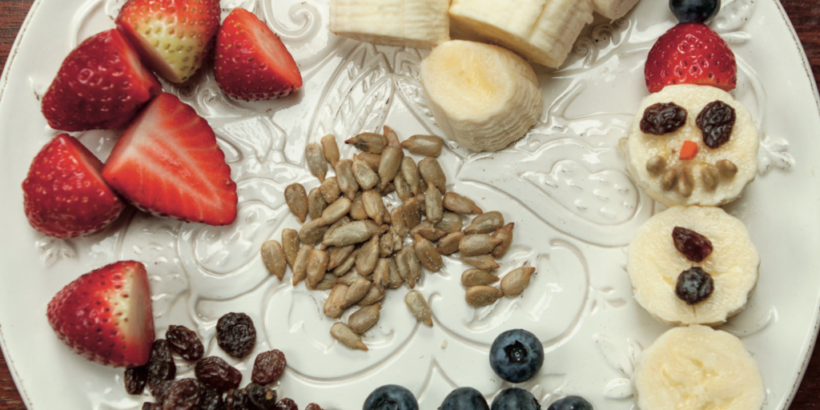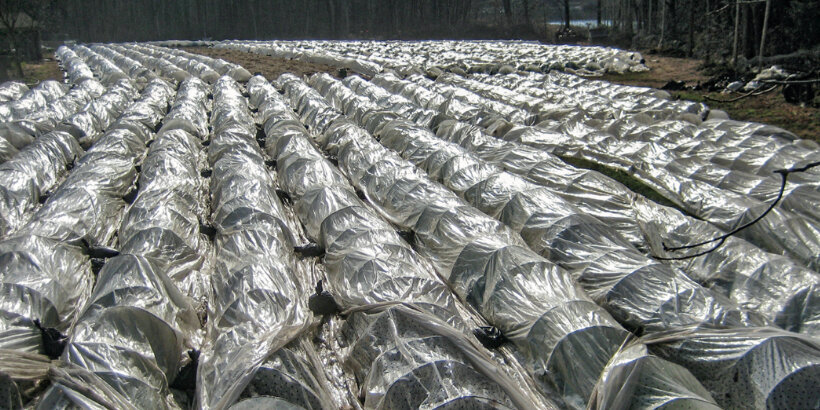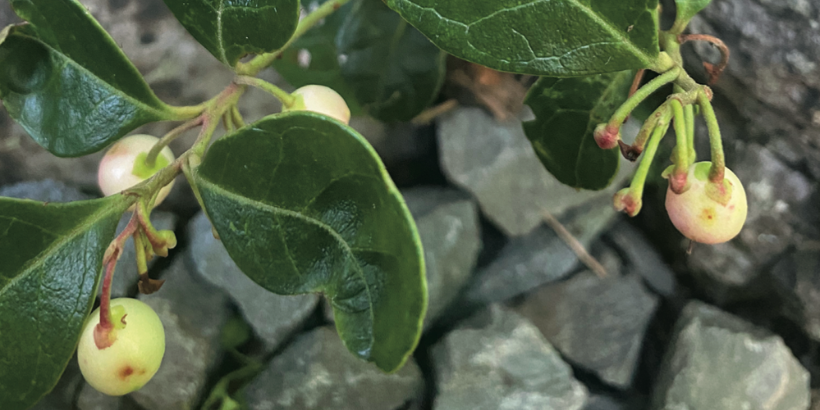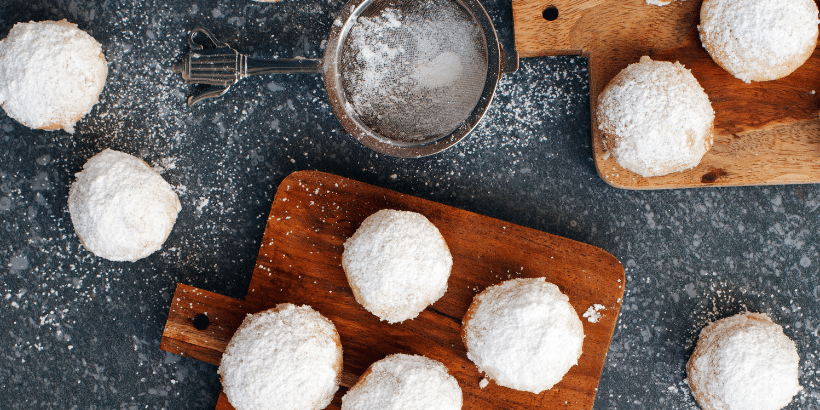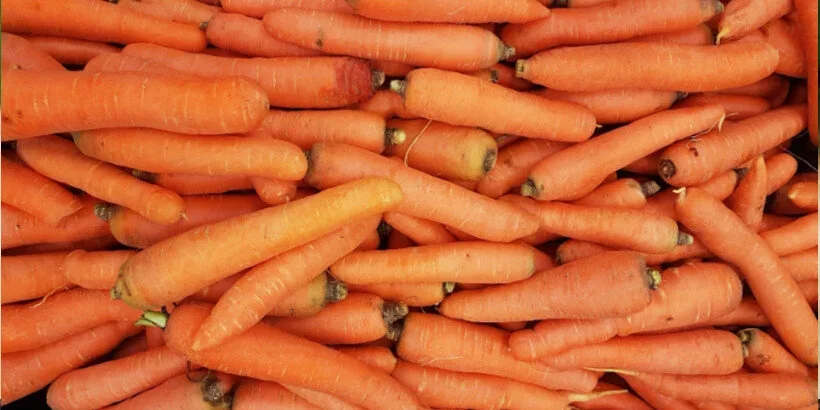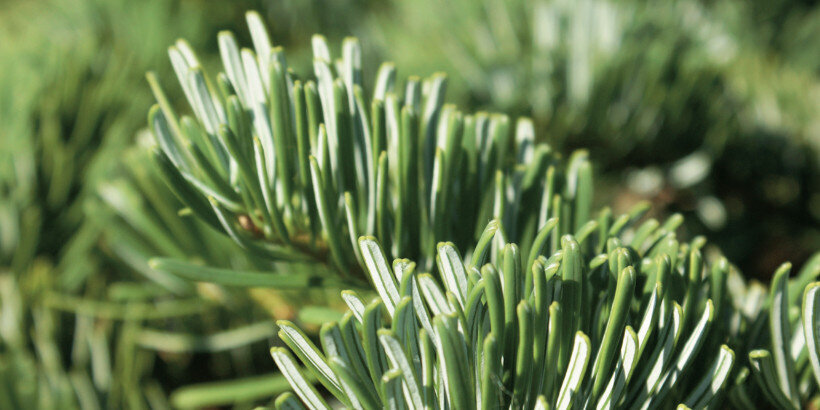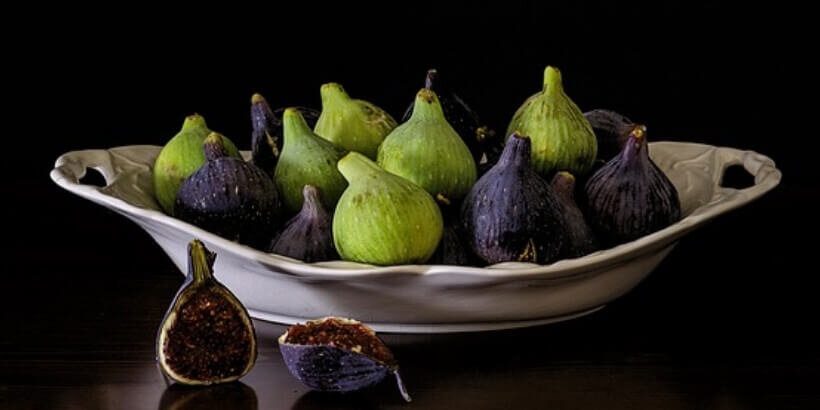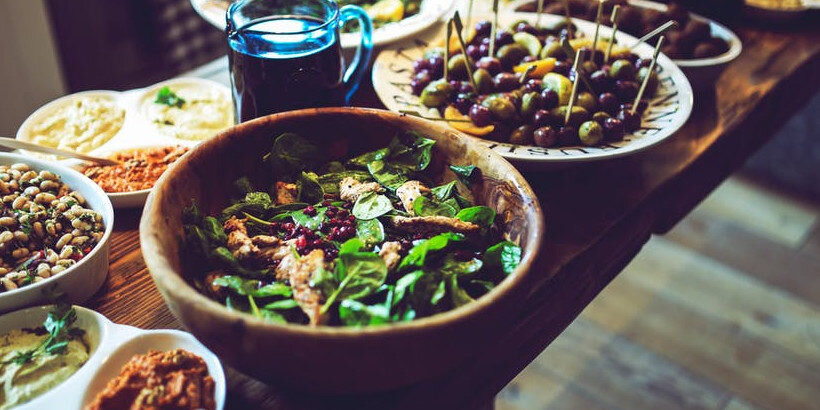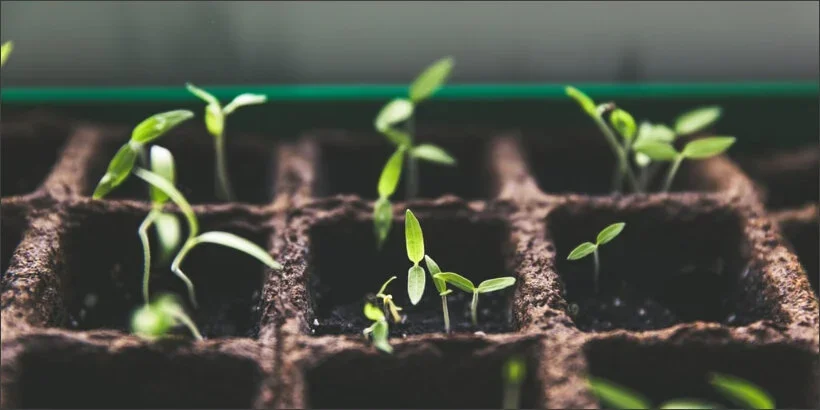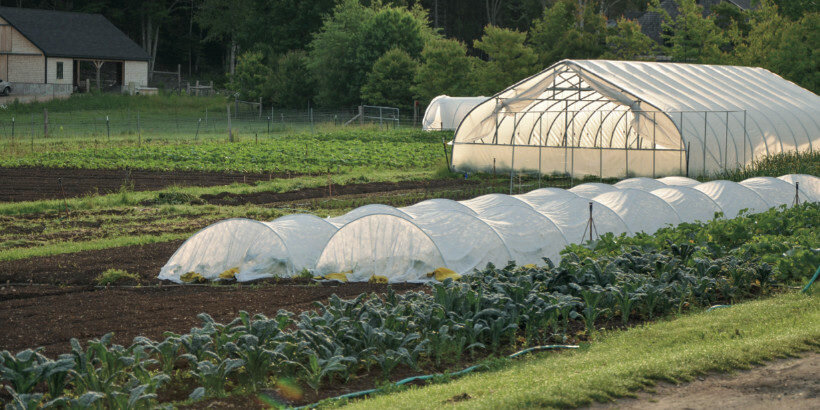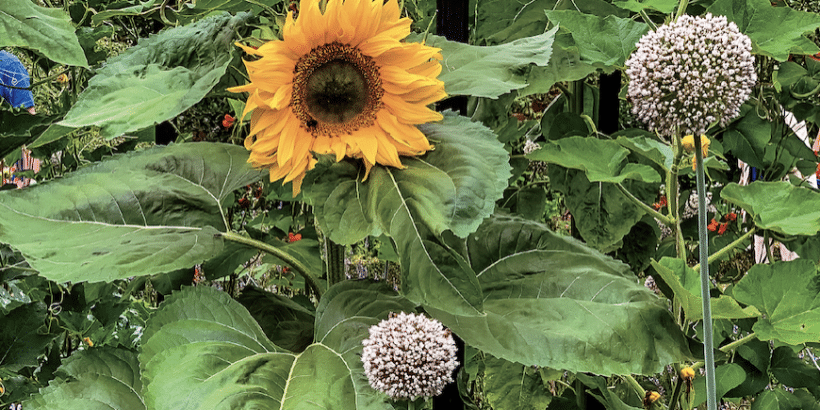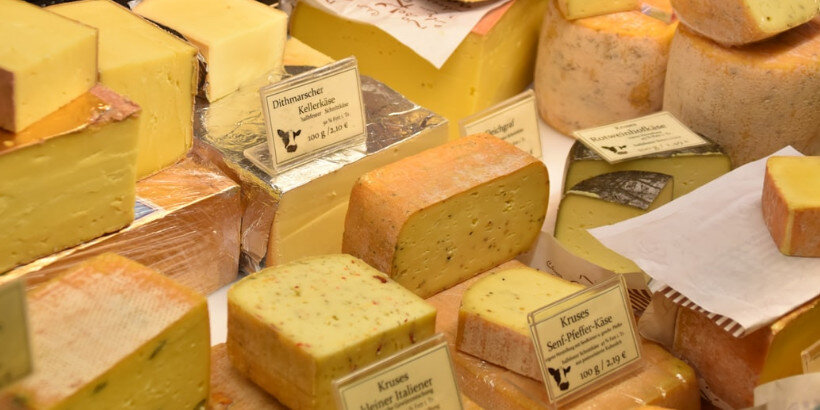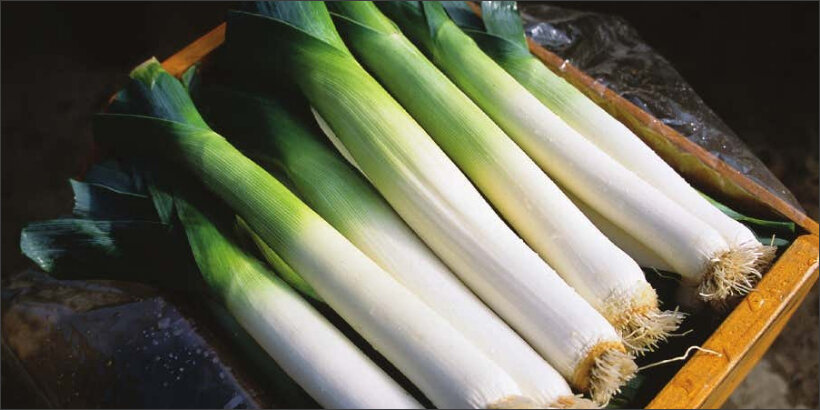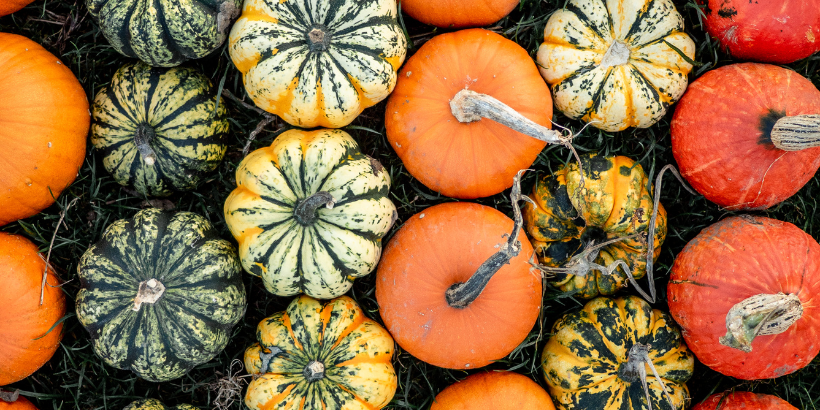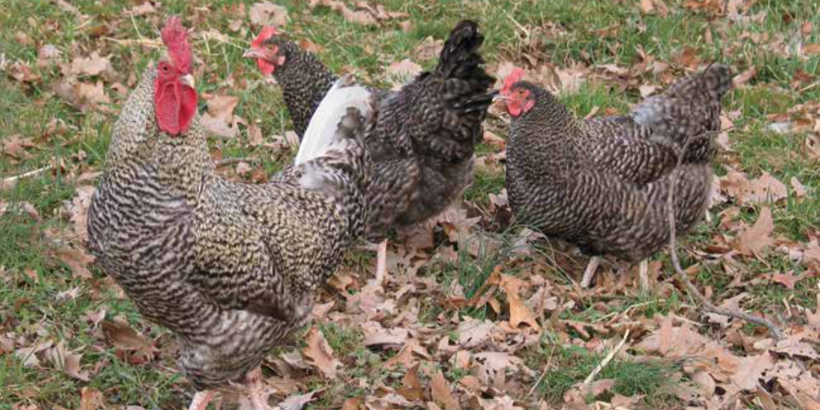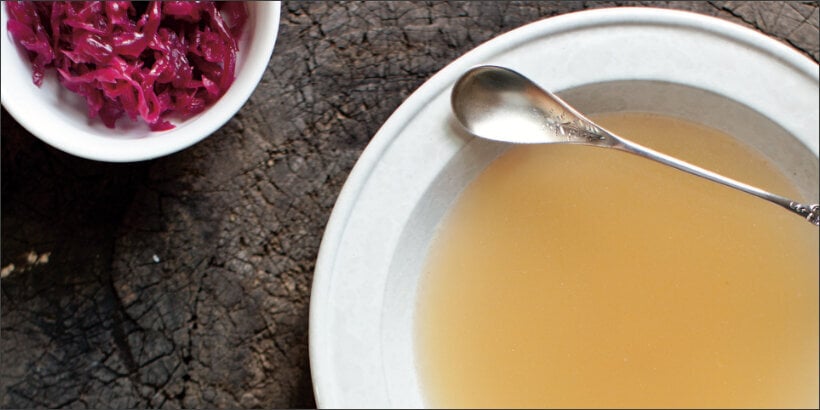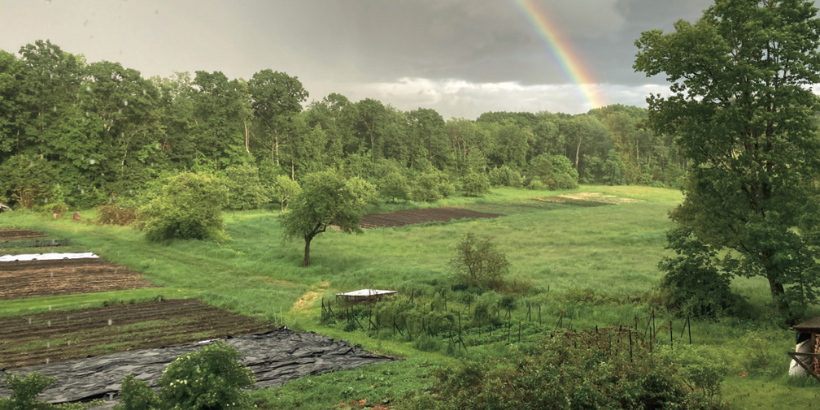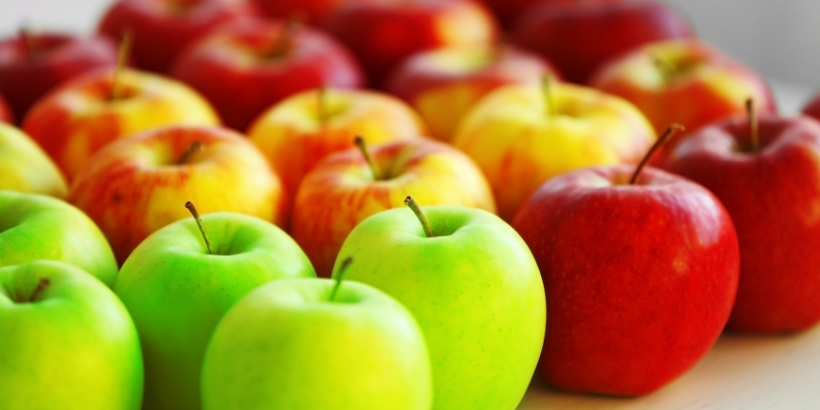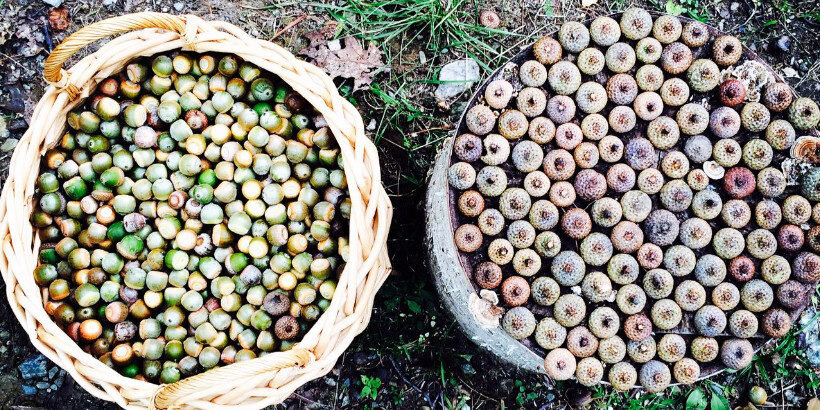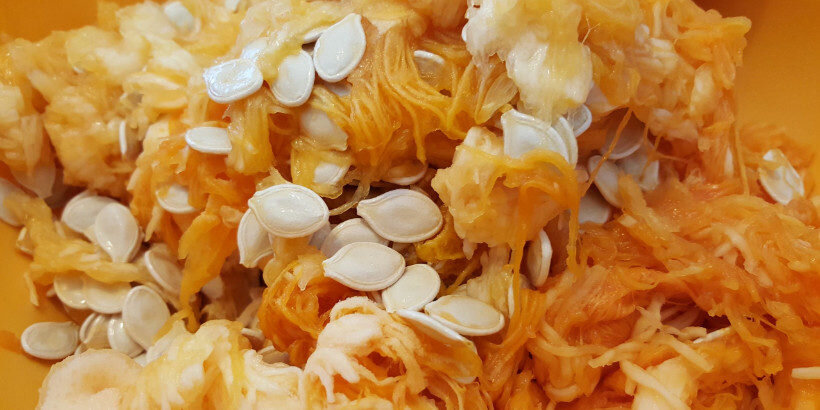DIG IN
The latest articles from Chelsea Green and our authors: offering tips and techniques about how you can bring our books to life in your kitchen, backyard, or community.
Pears Wrapped in Pastry with Crème Anglaise
Indulge in the sweet aroma of these pastry-wrapped pears! Easy to make and stunning to serve, these pastry-wrapped pears are a game-changer.
Read MoreWinter Gardening Without Heated Greenhouses
No heated greenhouse? No problem! Discover the secrets to thriving winter gardening without breaking the bank.
Read MoreBanana Snowmen & Strawberry Santas
Ditch boring snacks and upgrade to adorable fruit & veggie treats you’ll love! Brighten up snack time this winter using fruits and veggies we all know and love. Can you resist taking a bite of these cuties?
Read MoreLow Tunnel Tutorial: Winter Growing DIY
Year-round growth without the hefty price tag of a greenhouse? Low tunnels are the cost-effective and flexible solution you’ve been looking for. Grow year-round with low tunnels!
Read MoreWondrous Wintergreen: All About the Wintergreen Plant
Wintergreen is the stunning evergreen groundcover that’s a game-changer for your garden! It’s cherished for its aromatic leaves, vibrant fall color & bright berries.
Read MoreSweet Winter Carrots: Growing & Harvesting
Grow winter carrots for a sweeter & more flavorful harvest! Ditch the bland, store-bought carrots this winter! Grow your own winter carrots for a sweeter and more flavorful twist 🥕🥕
Read MoreCooking with Fir: A Taste of the Holidays
The scent of fir trees is a holiday staple 🎄 Imagine sipping a festive cocktail infused with the unmistakable taste of fir ✨ This holiday season, elevate your entertaining game by introducing fir to your menu – from classy cocktails to rustic potatoes!
Read MoreFig Trees: Snakes and Ladders & Tantalising Figs
The fig tree is more than just a fruit-bearing wonder. The complex nature of these trees is beyond fascinating. They are the ultimate ecosystem superheroes!
Read MoreElevate Your Holiday Dinner Side Dish Game
Looking for a way to use that leftover Thanksgiving Turkey? Shake things up this holiday season with a game-changing twist. Serve these easy-to-make appetizers with a side of Vietnamese dipping sauce for an extra kick of flavor!
Read More10 Books to Gift the Homesteader in Your Life
Searching for the perfect book to give the homesteader in your life? We’ve got your go-to books for anyone interested in organic growing, permaculture, soil health, year-round growing & more! What’s their next great read?
Read MoreHow to Extend the Growing Season
Winter is coming… but that doesn’t mean you should put away those tools just yet. Extend the growing season well past the first frost!
Read MoreIt All Starts with Soil: Healthy Soil Means Healthy Plants
The dirty truth? Soil isn’t just dirt! It’s a complex web of life. Discover the secrets to unlocking its full potential and transform your garden forever.
Read MoreHow to Protect Plants from Winter Elements
Don’t let winter kill your plants! Prepare them and set yourself up for a thriving garden come spring. Discover how to prep your less-hardy plants and ensure they thrive all year round.
Read MoreSay Cheese! Four Cheese Recipes to Keep You Smiling
Attention all cheese lovers! If you’re looking for recipes to satisfy all your cheesy needs, then look no further.
Read MoreLeeks: The Ultimate Winter Crop
Grow leeks all year round with tips from gardening expert Eliot Coleman. Get ready for a bountiful harvest and grow leeks all year round!!
Read MoreWhy Rabbit is the New Chicken
Not convinced that a pasture-based rabbit production could amount to a sustainable business enterprise for the beginner to market-scale farmer?
Read MoreGourdness Gracious! The History of Pumpkins and Gourds
Pumpkins: Halloween symbol or sweet treat? But have you ever wondered how they became a holiday staple? Discover the rich history behind this fall favorite!
Read MoreHow to Choose the Right Breed for Your Poultry Flock
Confused by all the poultry breed options? We’ve got you covered! Discover how to pick the perfect breed for your flock.
Read MoreHomemade Bone Broth: A Healthy Diet Staple
You’ve Been Missing Out! Bone Broth is the ultimate superfood, packed with nutrients and goodness. Consider adding this nutrient-rich, immune system boosting bone broth into your daily diet.
Read MoreHow to Distinguish Permaculture from Natural Farming
Permaculture vs Natural Farming: What’s the Difference? How are they connected, and where do they diverge in philosophy and principle?
Read MoreThe Best Types of Apples for Cider in North America
CIDER LOVERS ALERT! 🍎 Did you know the type of apple used can make or break the flavor? Which apple variety do you think makes the best cider?
Read MoreMove Over Squirrels, It’s Acorn Harvesting Time!
These small fruits are a delicious source of nutrients that you can find almost anywhere. Get started on acorn harvesting with help from these simple tips!
Read MoreTasty Ways to Use Pumpkin Seeds
Wondering what to do with pumpkin seeds? Instead of roasting them, try these alternative ways to prepare & use seeds! Plus a must-try pumpkin granola recipe.
Read More







